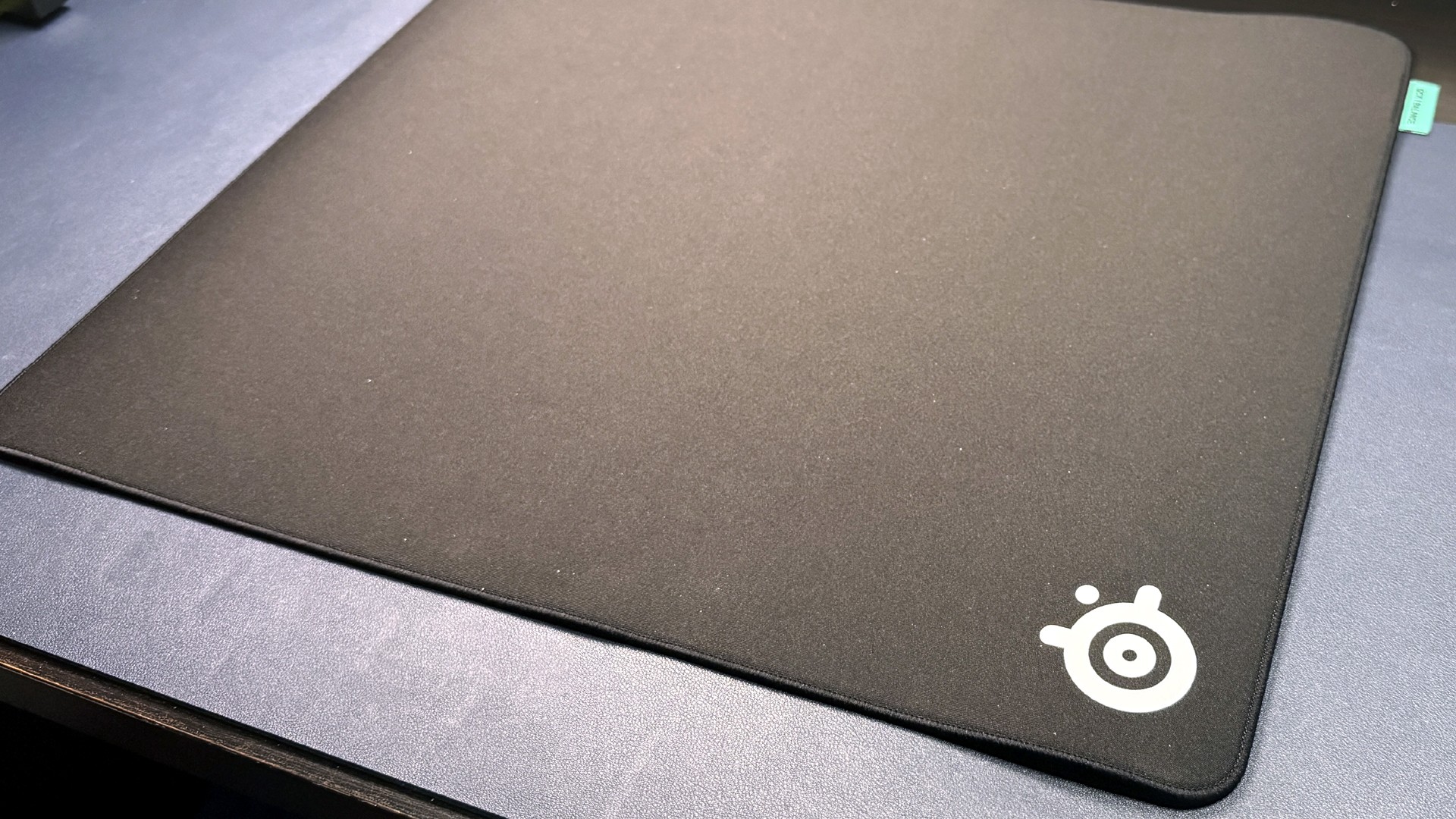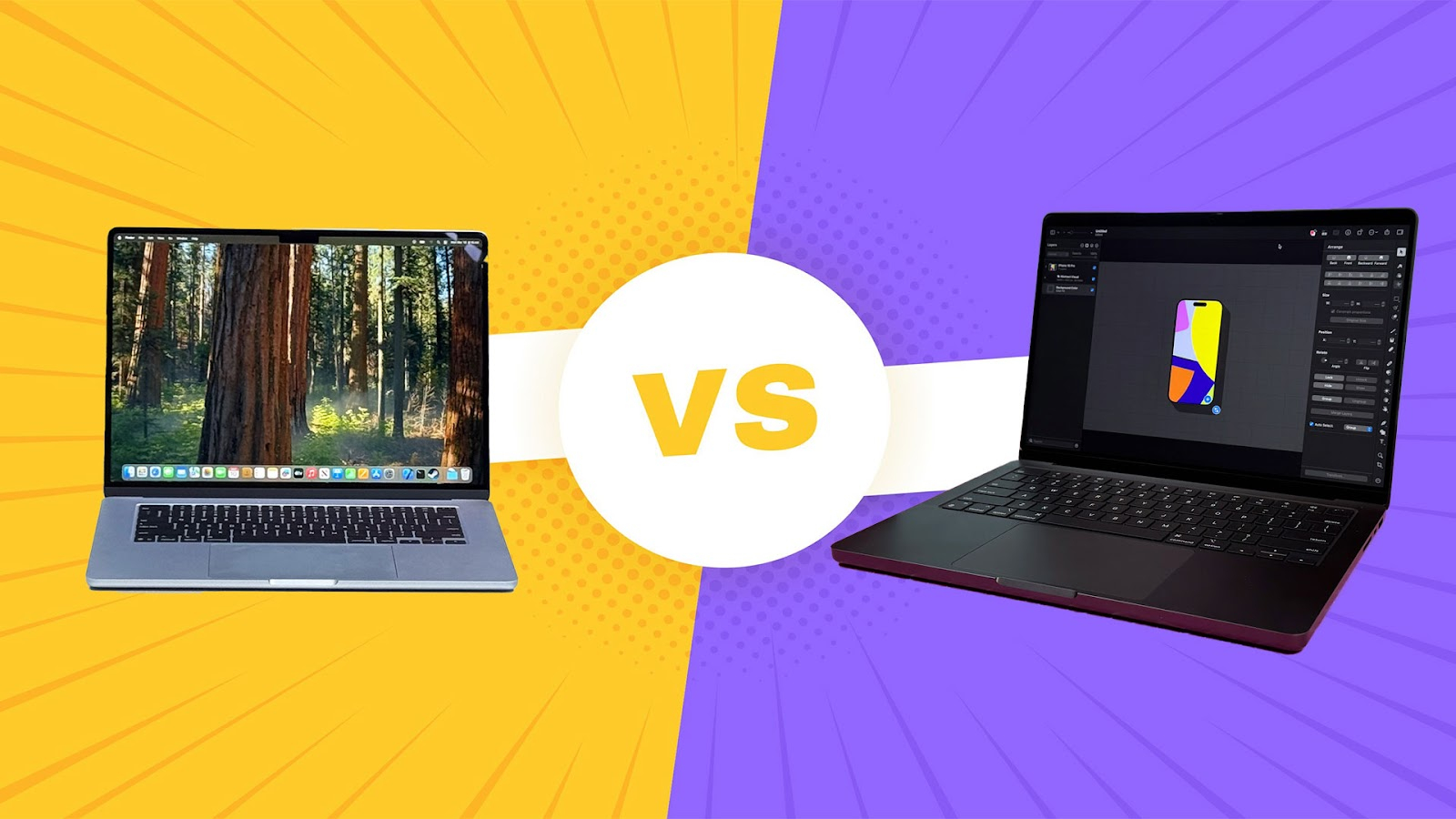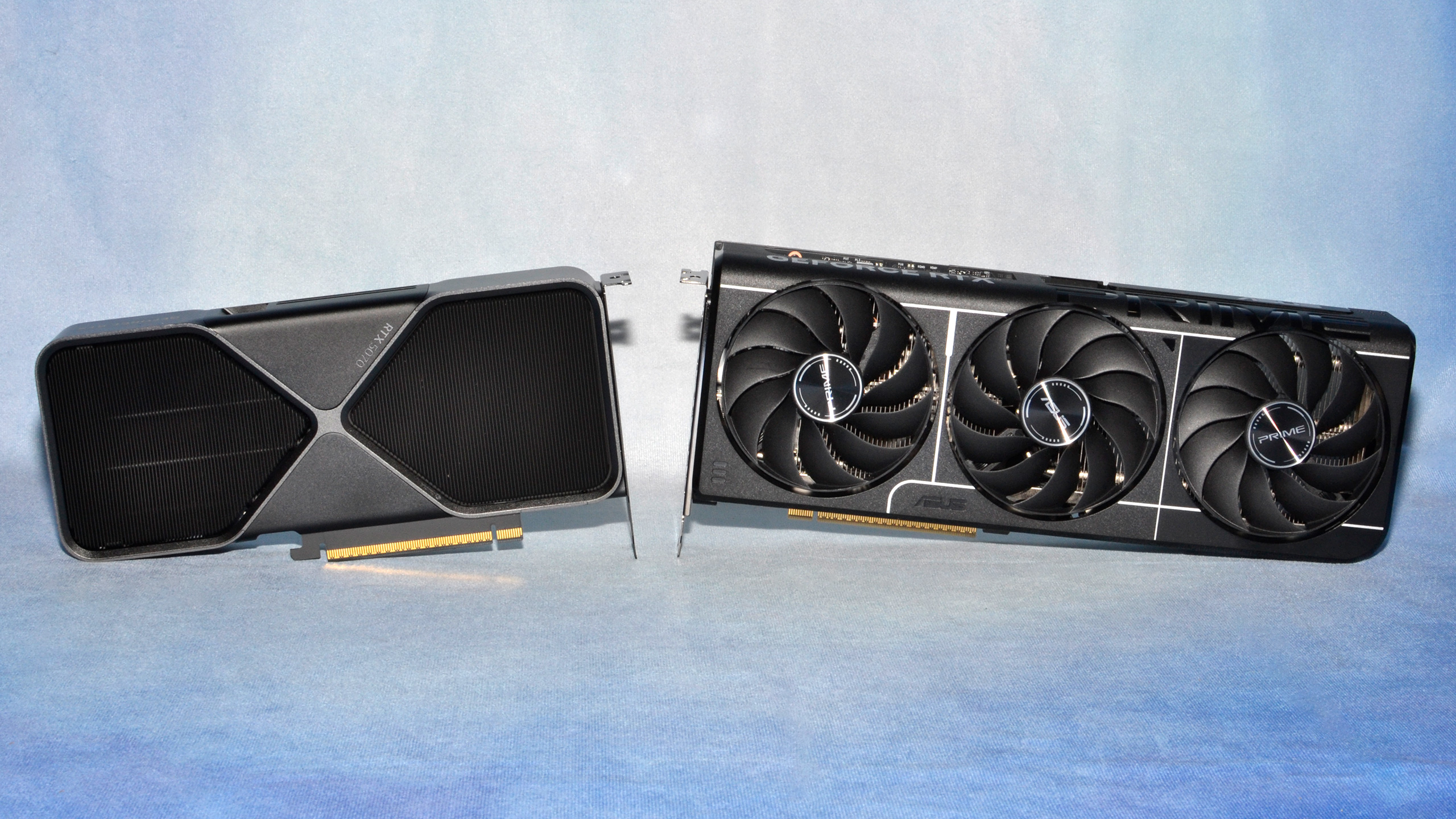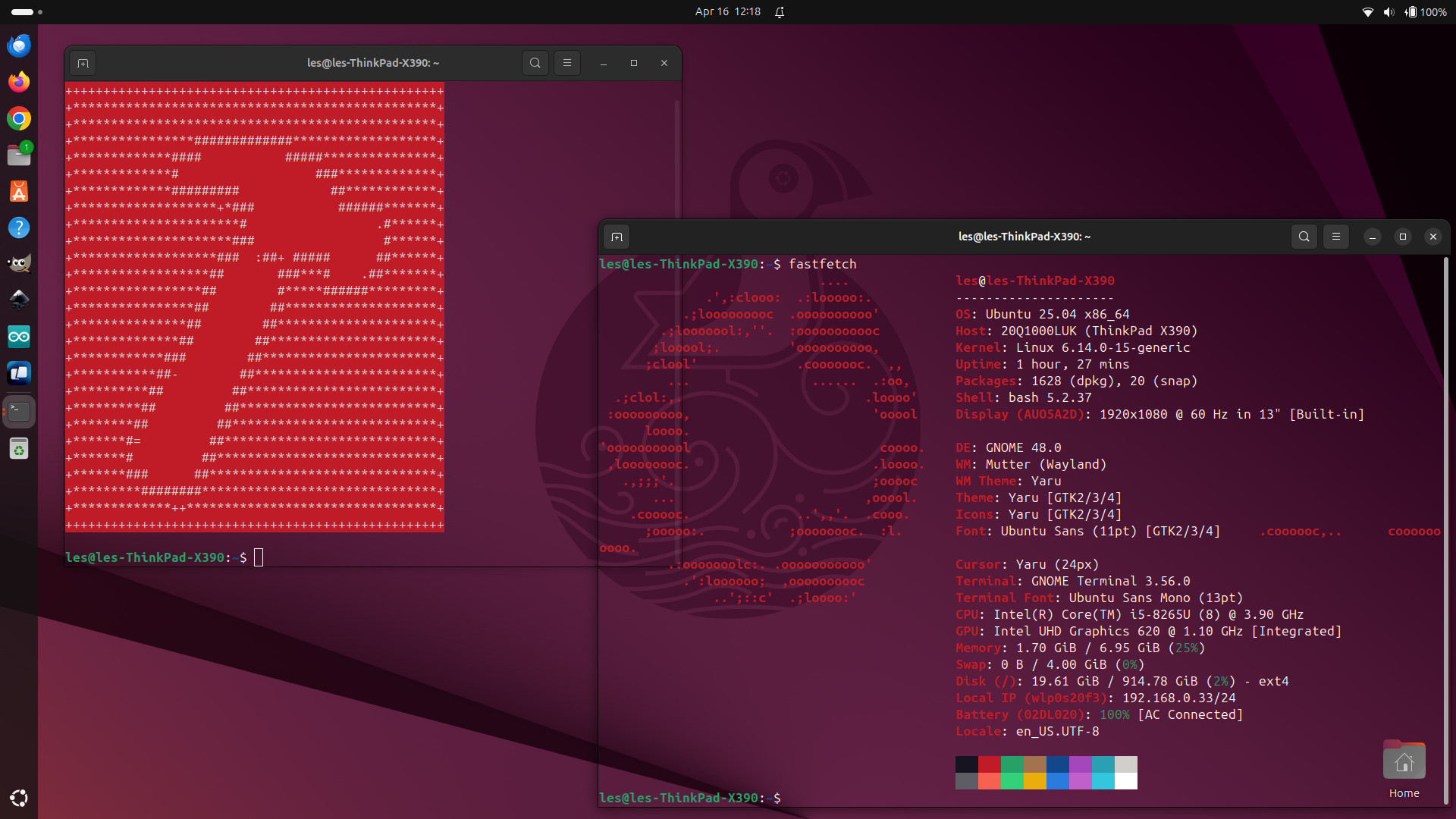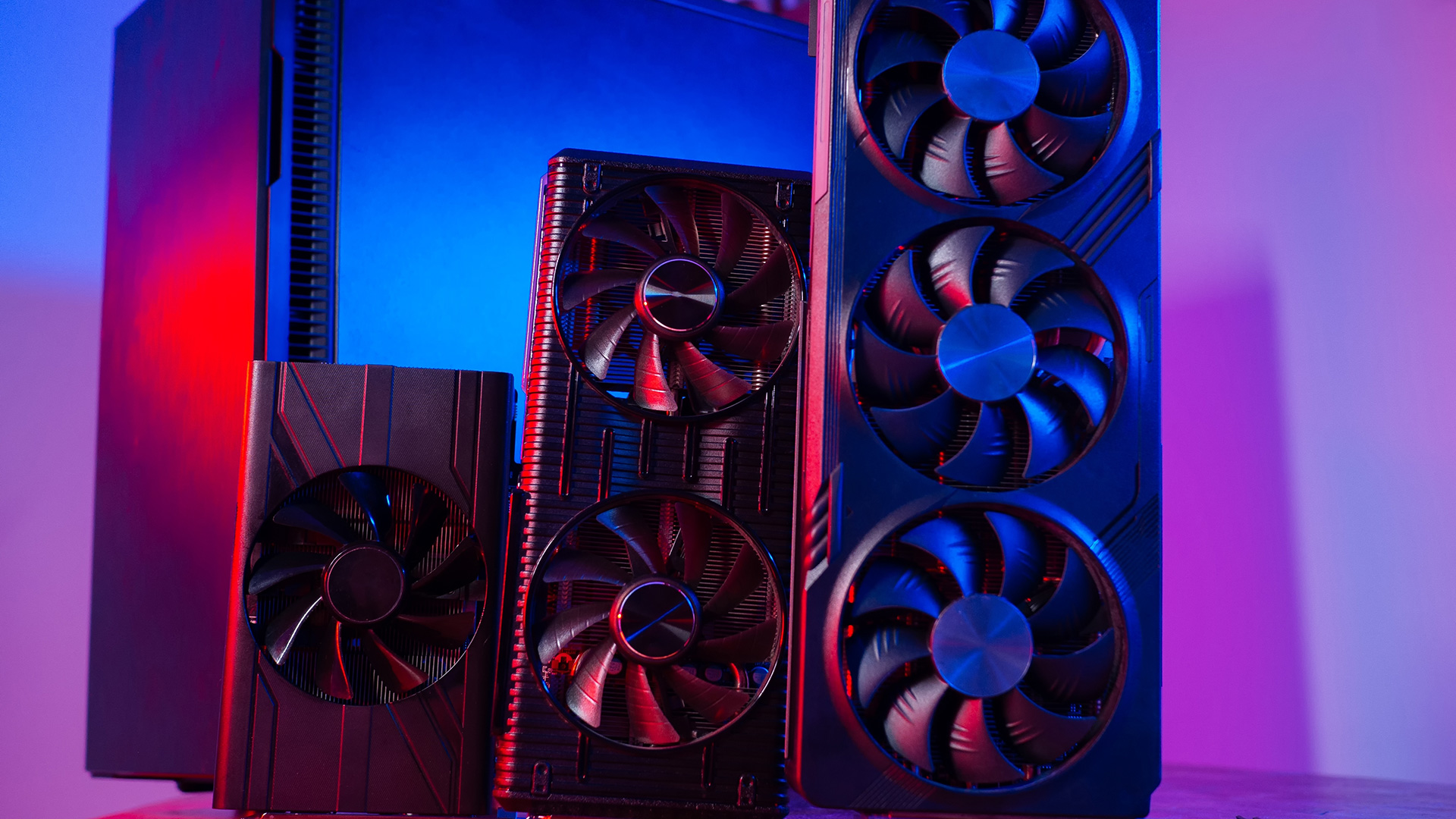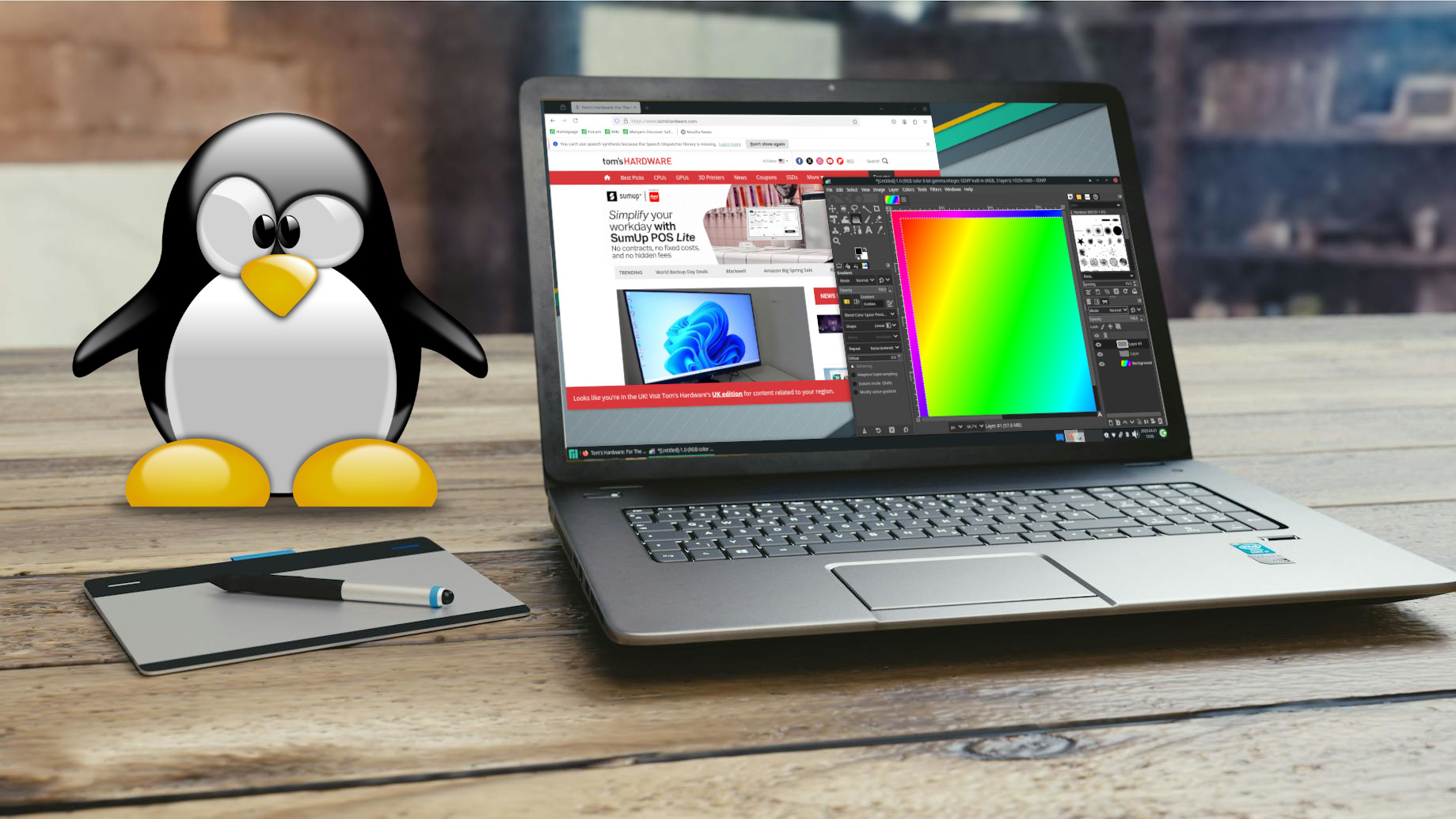Qualcomm Snapdragon 801: Performance Previewed
Snapdragon 801, the recently-announced update to the Snapdragon 800, shares some of the same SKUs as Snapdragon 800. So, how do you tell the difference? We break down the family and introduce you to the first benchmarks of Sony's Xperia Z2 tablet, too.
Qualcomm's Revisionist History

We’ve seen Samsung call the MSM8974AB a Snapdragon 800 in the Galaxy Note 3, yet Sony calls the supposedly-same piece of silicon a Snapdragon 801 in its Xperia Z2 Tablet. Confused? So were we. They both have the same SKU, so they’re both the same chip, right? Wrong. Still confused? We’re not surprised.
The Three Revisions of 8x74
Part of the confusion stems from the fact that there are actually three revisions of Snapdragon 80x, and it’s necessary to understand them before we go into exactly what Qualcomm means when it refers to an SoC as Snapdragon 801.

When Qualcomm packaged up what was to become the Snapdragon 800, the first revision of the silicon was only made available for development and testing. That manifestation of the chipset was not for general consumption, and as a result did not end up in devices sold at retail.
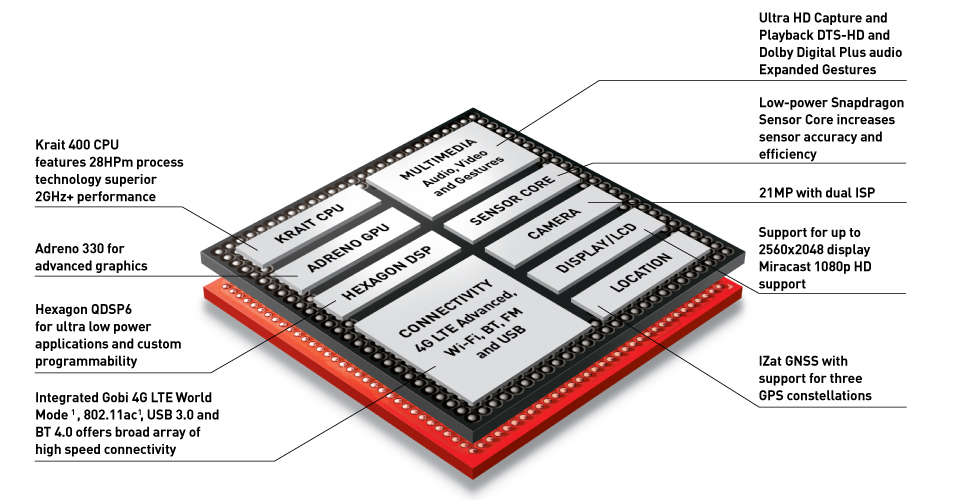
The Snapdragon 800 that reached the market in devices like Google's Nexus 5, LG's G2, Sony's Xperia Z1, and assorted Galaxy products is actually the second revision, and Snapdragon 801 is merely a third revision of the same silicon. While we can’t be sure what exactly changed in-between the development chips (v1) and actual shipping Snapdragon 800 SoCs (v2), we do know that Snapdragon 801 (v3) adds three key features that Snapdragon 800 doesn’t have: Dual SIM Dual Active (DSDA), eMMC, and HEVC.
While the Snapdragon 801 was originally shown to have Bluetooth 4.1 support, after speaking to Qualcomm, the company says that was merely a typo on the Snapdragon 801 SoC diagram. Snapdragon 801 features the same v4.0 Bluetooth standard as Snapdragon 800.

In some ways, these revisions explain why the same SKU can appear in both Snapdragon 800- and Snapdragon 801-branded products. Of course, it would be nice if mainstream buyers had access to the same level of knowledge. Not being able to understand exactly what you’re paying for can be frustrating. It would certainly make our lives easier if Qualcomm would call these SoCs Snapdragon 800, 801, 802, and so on. As they exist currently, it's far too easy to favor a pricier device with an MSM8974AA chip just because it's called Snapdragon 801, with no clear indication of what it possesses over a Snapdragon 800 with the exact same SKU. Confusing specs that make purchases more difficult are never a good thing. But part of the reason this happens is that Qualcomm’s customers aren’t end-users at all. The company's customers are device manufacturers, and Qualcomm is probably not as prepared or equipped for marketing directly to consumers as its competitors Intel, Nvidia, and Samsung.
Now that we have the major differences between Snapdragon 80x revisions covered, let’s explore the individual Snapdragon 800 and Snapdragon 801 SKUs.
Stay On the Cutting Edge: Get the Tom's Hardware Newsletter
Get Tom's Hardware's best news and in-depth reviews, straight to your inbox.
Current page: Qualcomm's Revisionist History
Next Page Snapdragon SKUs: 800 And 801 Explained-
Wisecracker A Temash APU and Atom SoCs would make a great cross-platform comparison, here.Reply
The 'Droid Heads would love to see some Tegra 3/4 action, too. -
MANOFKRYPTONAK I really am looking forward to the showdown between the A7/A8, Tegra4/K1. and Intel "what is the name of the chip in the nexus 8?". I hoping to see a worthy $500 upgrade.Reply -
anthony8989 Great article - very informative. Sorry if it's off-topic, but the HTC One (M7 2013) uses an APQ8064T. Did Qualcomm change the meaning of the second numeral from Snapdragon 600 to 80x? The HTC One M7 employs a modem yet now the second numeral being 0 indicates no modem. Or does the device substitute another modem off the SoC? Also what does the "T" suffix mean? :)Reply
EDIT: I realized APQ also indicates no modem so I'll just assume that they supplied an off-SoC modem for the device. Still would like to know what "T"stands for. -
rohitbaran Isn't Tegra K1 (aka Logan) having something else? Project Denver CPU was supposed to be part of Parker SoC as per nVidia's 2013 Tegra roadmap, unless I am missing something.Reply -
edlivian So if you already have a device with a snapdragon 800 you should hold off for a real improvement, like snapdragon 1000 or 1k or whatever marketing jibberish they want to name it.Reply -
edlivian So if you already have a device with a snapdragon 800 you should hold off for a real improvement, like snapdragon 1000 or 1k or whatever marketing jibberish they want to name it.Reply -
Vistouf From Wikipedia :"SKU refers to a stock-keeping unit, a unique identifier for each distinct product and service that can be purchased in business."Reply -
PapaCrazy They compared two different manufacturers devices from two generations in order to extrapolate something about the chip? Huh? What about differences in hardware implementation, software, memory, and all the other things that can independently effect performance? Would have been much better to wait and have more comparable devices to test.Reply


